Material compatibility separated DTF from older transfer technologies that worked fine on cotton but crashed spectacularly on synthetics and blends. Vinyl cracked apart on polyester. Sublimation demanded pure white polyester exclusively. Plastisol transfers created stiff, uncomfortable results on performance fabrics that customers hated immediately. DTF Transfers bond with natural fibers, synthetic materials, and everything mixed together through adhesive chemistry, grabbing both fibre types equally well. This versatility opened markets that small decorators couldn’t touch before because buying multiple printing systems for different fabrics cost way too much.
Cotton fabric applications
Pure cotton takes DTF adhesive exceptionally well because natural fibre porosity lets adhesive flow deep into yarn structures. The adhesive seeps into fibre spaces during pressing, creating mechanical bonds that survive hundreds of wash cycles easily. Cotton t-shirts, hoodies, and canvas bags represent perfect substrates where DTF works flawlessly without special prep or weird pressing adjustments. Heavier cotton-like sweatshirt fleece needs slightly longer pressing time, ensuring adhesive penetrates through dense fabric structures fully. The extra thickness demands more heat transfer time to get complete activation. Pre-pressing removes moisture that cotton sucks up from ambient humidity naturally, preventing steam formation and blocking proper adhesive bonding.
Polyester performance characteristics
- Polyester mesh materials in athletic jerseys need reduced pressing pressure, avoiding crushing open weave structures flat.
- Moisture-wicking fabrics keep their performance characteristics after DTF application, unlike plastisol transfers, blocking breathability completely.
- Recycled polyester blends bond identically to virgin polyester since adhesive chemistry targets the polymer structure, regardless of where it came from
- Polyester satin and charmeuse fabrics accept DTF despite smooth surfaces rejecting adhesive-backed vinyl totally.
Blended fabric versatility
Cotton-polyester blends from 50/50 to 80/20 ratios work perfectly with DTF because adhesive components target both fibre types simultaneously. With polyurethane components grabbing polyester and polyamide components grabbing cotton, a single fabric structure has dual bonding mechanisms. Shirts combining cotton, polyester, and rayon benefit from this multi-fibre compatibility naturally. Fabric blend ratios barely affect DTF pressing parameters since adhesive formulations accommodate fibre variations automatically. A 50/50 blend needs identical temperature and time as pure cotton or pure polyester. This consistency simplifies production massively compared to methods demanding parameter changes for different blend percentages.
Stretch material compatibility
- Swimwear fabrics tolerate DTF application despite chlorine and saltwater exposure, destroying many transfer types rapidly.
- Compression shorts and leggings maintain their stretch recovery properties after DTF application, unlike vinyl, which restricts fabric movement.
- Dance wear and gymnastics apparel benefit from DTF flexibility, surviving extreme ranges of motion during performances.
- Cycling jerseys and running gear keep moisture-wicking capabilities while displaying DTF graphics that do not crack during repeated stretching.
Speciality fabric considerations
Nylon jackets, windbreakers, and outdoor gear accept DTF transfers despite smooth, sometimes water-resistant surfaces. The adhesive bonds to nylons polymer structure through chemical compatibility between the adhesive and fibre compositions. Activating nylon adhesive at lower temperatures, around 150°C, prevents heat damage while protecting temperature-sensitive nylon. Sherpa and polar fleece fabrics work with DTF despite their high pile surfaces initially appearing problematic. The adhesive penetrates through surface fibres, reaching the base fabric structure underneath.
DTF compatibility spans cotton, polyester, blends, stretch materials, and speciality fabrics through adhesive chemistry bonding with both natural and synthetic fibres. This versatility killed the need for multiple printing systems targeting different material types. Decorators working with diverse fabric inventories found DTF solved compatibility problems that previously demanded separate equipment investments for each material category, making custom decoration accessible across apparel types that older methods couldn’t handle reliably.

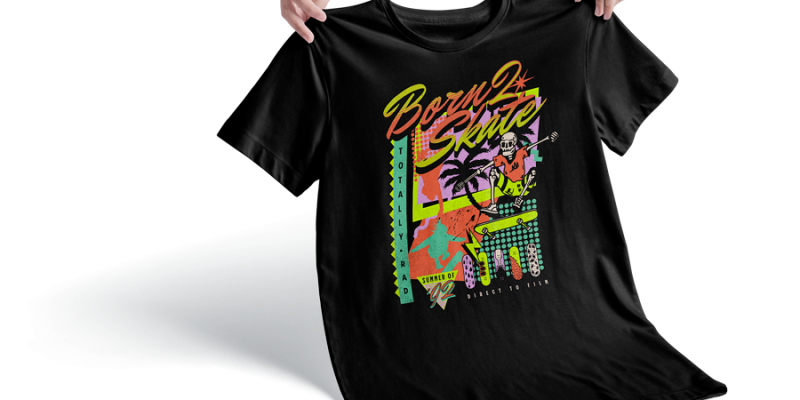


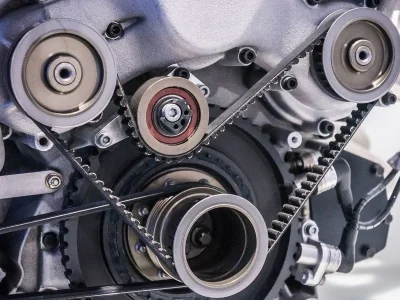
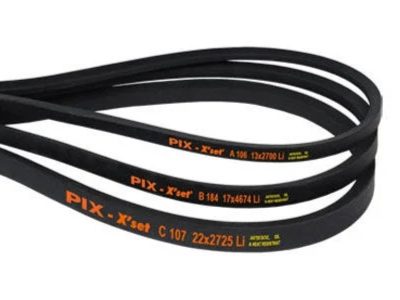



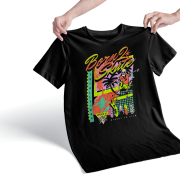
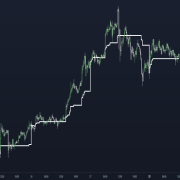
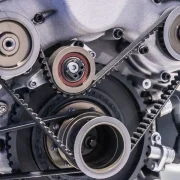
Comments